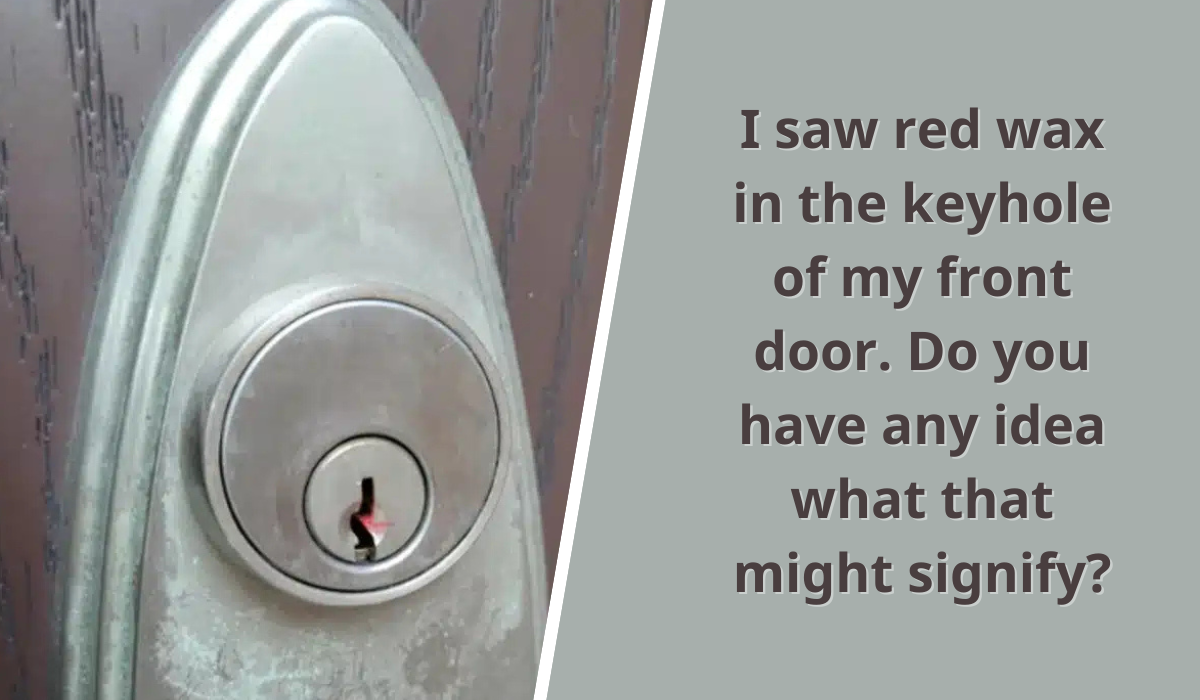I saw red wax in the keyhole of my front door. Do you have any idea what that might signify?
Imagine locking up your home one morning only to find red wax in your door’s keyhole. It might seem like an odd, harmless discovery, but it could actually signal something far more concerning. If you’ve recently found wax in your lock, it’s important to understand what it might signify and

